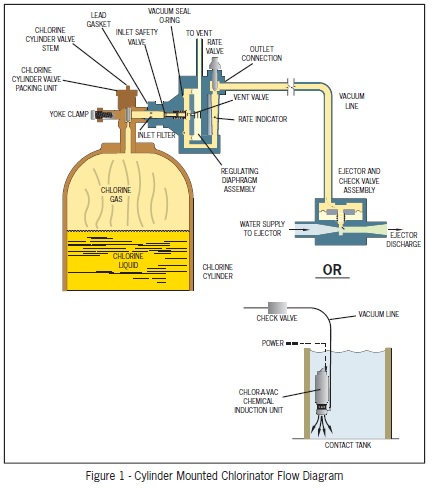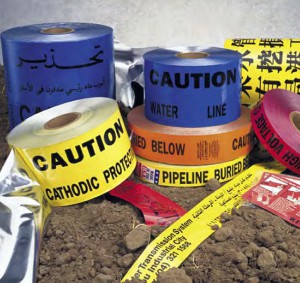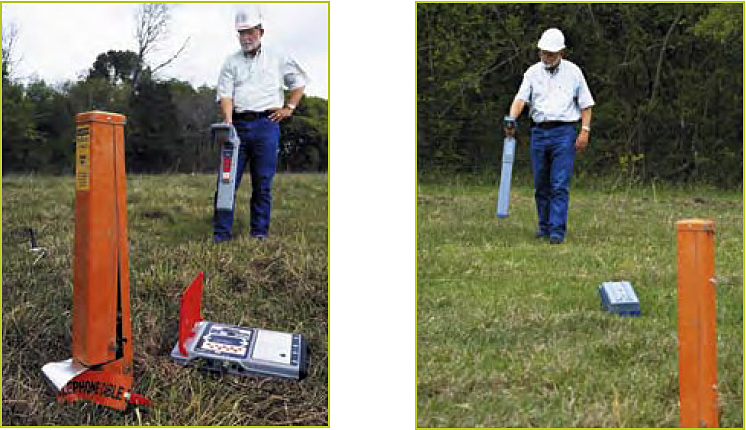In its 2030 Agenda for Sustainable Development, the United Nations set a number of goals that include ensuring the, “availability and sustainable management of water and sanitation for all.” This remains a considerable challenge in the Philippines. According to the World Health Organization, waterborne diseases are still a major concern in the country, “despite high coverage of water supply (92%).”
This is where water and wastewater treatment play a critical role.
This page gives you an overview of how water and wastewater treatment work, and how these help ensure everyone’s health and safety.
How a Water Treatment Service Works
Water treatment refers to the process of making water safer or more suitable for its intended use. While this usually applies to drinking water at home, the process may also be used for industrial or medical applications.
Specific processes involved in water treatment will vary depending on things such as the intended end-use, the technology being employed, the type of water being treated, and the season when the water is extracted. These processes may be divided into two main types: physical and chemical. They may also be combined depending on the intended result.
Here are some of the most common processes that a water treatment service provider performs:
1.) Coagulation – this is a physical treatment process where liquid aluminum sulfate and/or polymer is added to water. This process results in the coagulation of dirt particles, which forms bigger particles. This makes them heavier than water, and thus easier to remove usually either by filtration or sedimentation.In filtration, the water is passed through a filter often composed of gravel and sand. Meanwhile, sedimentation is where the heavy particles are allowed to settle at the bottom of a basin, and then removed from the water.
2.) Disinfection – while coagulation and the filtration or sedimentation that follows help remove particles from the water, it may still contain parasites, viruses, or bacteria that may cause diseases. Thus, a chemical process called disinfection is introduced to kill off these germs. Chlorine is the standard chemical used for disinfection due to its effectiveness.
3.) pH Correction – in some cases, lime is added to water, which effectively adds minerals to the water. This process can neutralize water’s acidity, as well as balance soft water (water that’s low in mineral content), which may corrode pipes.
Understanding Wastewater Treatment
Wastewater is basically used water. It may come from a variety of sources such as households and factories. As such, wastewater contains materials that make it unsafe to bring back to the environment in its current state. It is thus necessary to treat it first. Some of the risks involved when reintroducing used water to the environment include the spread of disease, harmful algal blooms (better known as ‘red tide’), and mass fish deaths caused by the reduced amount of oxygen in the water due to an oversupply of microorganisms there.
Like water treatment, wastewater treatment also follows a number of processes. In this case, there are three levels of wastewater treatment, which are as follows:
1. Primary – at this level, solid waste is removed from the water. This usually involves physically removing the waste, although chemical processes may also be involved to speed up the process of sedimentation. At this stage, about 60% of suspended solids are removed from the water.
2. Secondary – with solid waste removed, the secondary treatment deals with organic matter that may still be in the water. Microbes are introduced into the water, which then consume the organic matter. This results in further sedimentation, which is removed from the water. Over 90% of suspended solids are removed at this stage.
3. Tertiary – this stage is designed to remove the remaining impurities in the water, which may or may not involve disinfection. Depending on the plant’s capability and the specific processes involved, this step can turn wastewater into water that’s almost potable.
In most cases, wastewater reaches only the secondary level of treatment as it is deemed safe enough to be reintroduced to the environment, and is generally more cost-effective than the third level, which often requires specialized equipment and personnel with exceptional technical know-how.
At Pall Roces Corporation, we help ensure that water is safe for people, the environment, and its intended purpose by following standard processes in our wastewater and water treatment service, using only high-quality materials supplied by our partners abroad, and providing expert, experienced, and professional personnel to every project that we handle.
Established in 1966, we have played a crucial role in ensuring that industries, communities, and households have access to clean and safe water. We initially did this by providing companies with equipment they need for water filtration that meets or exceeds international standards. We have since specialized as a water and wastewater treatment solutions provider.




